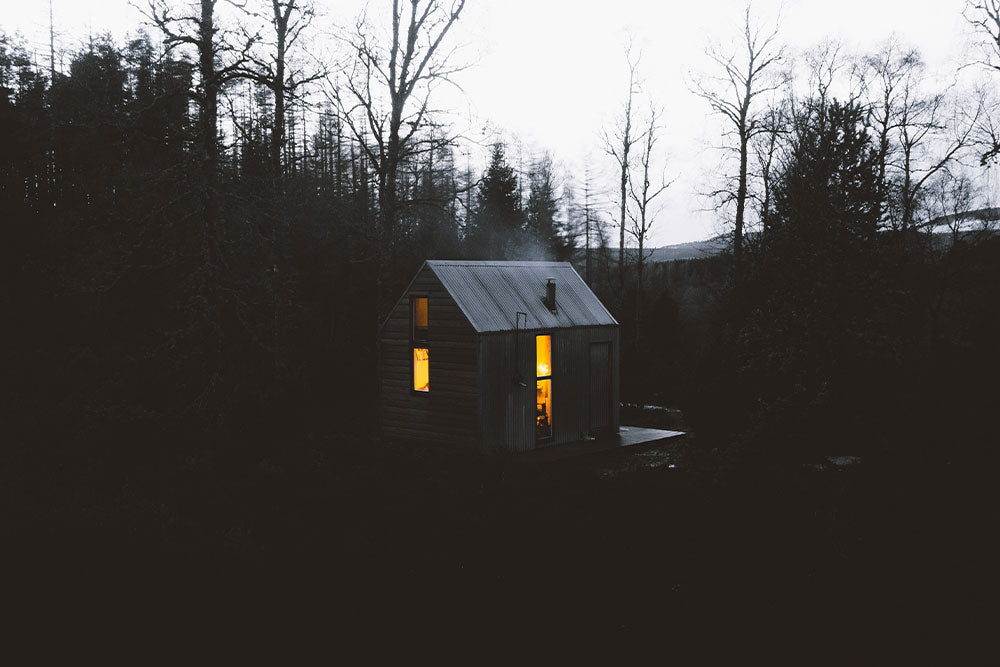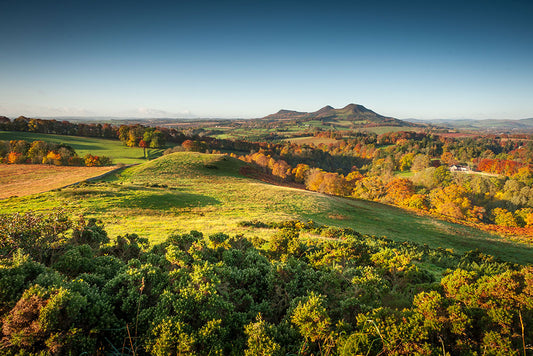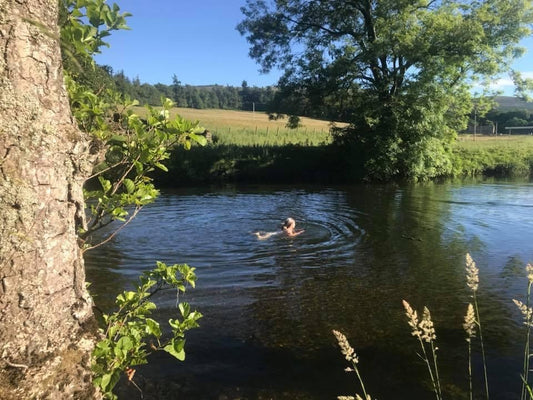So, you’ve been hearing about bothies for a while; your friends have mentioned them, they’re all over the internet since lockdown and they’re frequently featured in the papers. Enough is enough, it’s time to get out there and find your own bothy adventure. But where do you begin? What is a bothy? This brief guide should give you a solid introduction to the world of the bothy, so you’re ready to make use of this wonderful wild resource.
What is a bothy?
A bothy is a basic shelter, usually left unlocked and available for anyone to use free of charge. The word bothy comes from the Gaelic word 'bothan' which simply means hut.
Are bothies free?
Let’s start with a standout feature of Scotland’s bothies and a key part of what makes them so special - they’re free! You will never have to pay to use a bothy and neither will anyone else. It’s a unique shared space, collectively maintained that allows hundreds, possibly thousands, of people a year to get further into the outdoors.
But make no mistake, this is not luxury accommodation and not a place you can rock up to without some preparation. Think of it more like an abandoned house that you’ve come across while running from a zombie plague, or another apocalyptic situation of your choice, in that scenario the bothy is your best friend. Similarly, after a long day hiking in the hills a bothy really can feel like a luxury.
Those solid stone walls, which historically housed crofters and shepherds, are a serious step up from your cm thick nylon tent and they remove the struggle of constructing your shelter in the blistering winds or torrential rain. Usually, the bothy is a place that once you reach you let out a sigh of relief.



What to expect when staying at a bothy…
There is no electricity or running water in a bothy so you will still be using your camping stove for hot food and drink, and you’ll have to bring a shovel if you want to use the bathroom…You should also make arrangements to take away all waste that you produce unless it can be non-toxically burnt on the fire.
The sleeping arrangements are usually wooden floors. It’s a house, but there aren’t any beds so a sleeping mat is an essential, as is a sleeping bag. It may feel uncomfortable at first, but after a full day of hiking you usually fall quickly into a deep sleep whatever the conditions. Some even say the hard floor is beneficial for your back, which is not always the case when camping on uneven turf!
There is no way to book a bothy so you have to prepare for the fact that your chosen location may be busy, especially if it is an easily accessible building in a popular hiking season. The best way to avoid this is to get there as early as possible and put down your sleeping bag in a place you are happy with. It is unlikely that the bothy will ever be completely full, as most staying there will be aware of the bothy ethos, and will make room to make sure everyone can stay out of the cold.
There will be other people there and they may be quite close to you. Bothies are for the basics, sleeping, keeping warm around a fire and cooking food, so during all of this it is good to be mindful of other people's needs and of your own. For example, ear plugs for snorers might be a wise precaution if you’re a light sleeper! Looking past the small adjustments that may be required, meeting other like-minded people is usually an extremely positive part of a bothy stay. It is the perfect opportunity to meet others on their own adventure trail who are looking to do exactly what you want to do: get outdoors, experience nature and feel great!



The Bothy Code
Luckily, being able to participate in the bothy club only requires you to follow some basic rules that ensure the environment and the bothy itself are kept in good condition.
1. Respect other bothy users
Even if you get there first, be considerate and don’t make other visitors feel unwelcome. Leave the bothy as you found it or even better, if there is room for improvement. Take away all your waste and if you can replenish the fuel source, kindling is especially appreciated.
2. Respect the bothy
Extinguish all fires, close all the doors and windows. Don’t damage the bothy and report any damage you see or cause to the authority responsible. Again, take away all your waste and treat the bothy with gratitude and love for housing you on your adventure. Most bothies are maintained by the Mountain Bothy Association, a volunteer-run UK charity. If you end up being a regular user, it’s always nice to donate or join in with some renovation projects.
3. Respect the surroundings
You should not cut down any green wood or damage the surrounding area; twigs and fallen branches are good for kindling. Be aware of burns, streams and rivers. Be careful not to deposit any waste water into these places and instead pour onto the ground to ensure it does not create unnecessary pollution. Bury any organic compostable waste you produce, but nothing else. Make sure any burying you do is well away from the bothy or any water supplies.
4. Respect the estate
You will need permission from the landowner if you wish to stay at a bothy for a long period of time and there are certain times when there is no visiting allowed (lambing season). Keep gates closed and observe normal countryside rules.
5. Respect number restrictions
Due to the limited space and facilities, you shouldn’t visit a bothy with more than six people. This allows different groups to visit and more people to be able to stay and enjoy the experience.
Now you’ve got the basics down and are considering visiting a bothy in Scotland, The Scottish Bothy Bible by Geoff Allan is the first ever guide to Scottish bothies, which outlines hundreds of locations with detailed information on how to visit.
Look out for our second beginner’s bothy guide to learn about some of our top bothy picks and start your own micro adventure.
Quote of the week

Music of the week
London by Noonday Underground




